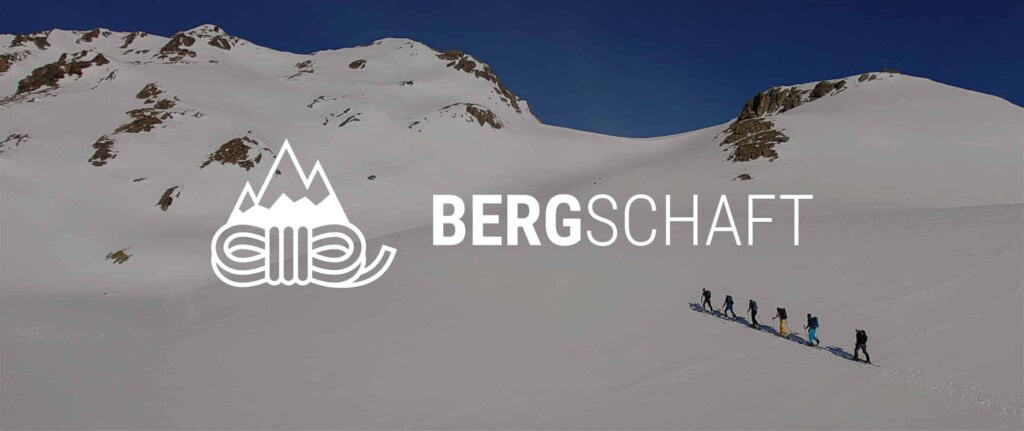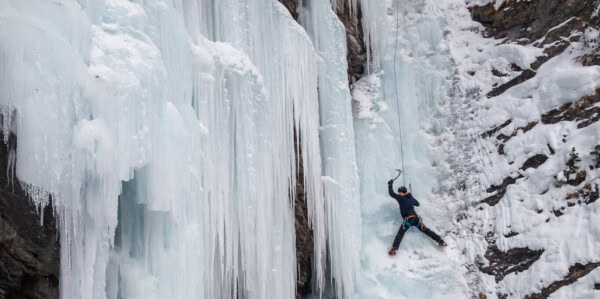Winter View & Risk Management
Snow cover build-up We are already looking forward to the coming winter and as winter sports enthusiasts we naturally want lots of snow, low temperatures and a stable snow cover. Whether this wish comes true depends on various factors. The general avalanche situation in winter begins with the first snow in autumn. The amount of snow that has fallen and the subsequent...
Learn with us how to deal with the risk of avalanches

Snow cover structure
We are already looking forward to the coming winter and as winter sports enthusiasts we naturally wish for lots of snow, low temperatures and a stable snow cover.
Whether this wish comes true depends on various factors. The general avalanche situation of the winter begins with the first snow in autumn. The amount of snow that falls and the subsequent weather can significantly influence the avalanche danger and the development of the avalanche situation in the course of the winter. If a lot of snow falls in a short time, there is an immediate avalanche danger, but the situation calms down again after 2-3 days. If little snow falls, the situation is not delicate for the time being. However, the building transformation is stronger and leads to persistent weak layers in the course of the winter. An avalanche danger can therefore exist in the longer term as well as in the short term. Making this assessment independently with the tools at our disposal are skills that contribute to being safe on the road.
Learn more at our avalanche theory evenings in Zurich, Bern and Chureach within walking distance of the main railway station!
Accident statistics, training and prevention
The number of winter sports enthusiasts has increased greatly in recent years. Ski touring and freeriding are widespread and new enthusiasts join them every year.
As mountain guides, we are constantly moving in terrain where there is a potential risk of accidents. We have a trained eye and are able to perceive dangers, assess risks and make decisions. This is necessary to be able to move safely in the mountains. It is important to us that winter sports enthusiasts who are on the move independently are able to do so in accordance with their knowledge and skills.
Thanks to training and prevention, the statistics remain stable and despite increasing numbers of winter sports enthusiasts, the number of fatal accidents is not rising in proportion!

Decision-making aids
There are dozens of decisions to be made in a day in the mountains. The different mountain sports disciplines require different decision-making speeds.
On the ascent of a ski tour, we have a lot of time to observe and decide. On a freeride descent in a busy ski area and about 40 cm of fresh snow in the first full gondola, we take less time to decide. Why? Isn't the risk the same or even higher?
So we need to include more than just what is in front of us in the decision-making process. We need to be aware of the dynamics around us. What influence do they have on us and on the risks we take and want to take?

Risk management
People would not be able to move in the mountains if they were not able to assess dangers and accept certain risks. Especially as mountain guides we do everything to keep the risks as low as possible in order to be able to be on the move with a justifiable residual risk. However, this presupposes that all dangers are known and that none are unconsciously, objectively or subjectively overlooked. So where are the dangers for winter sports enthusiasts and what influence do they have on my risk management?
